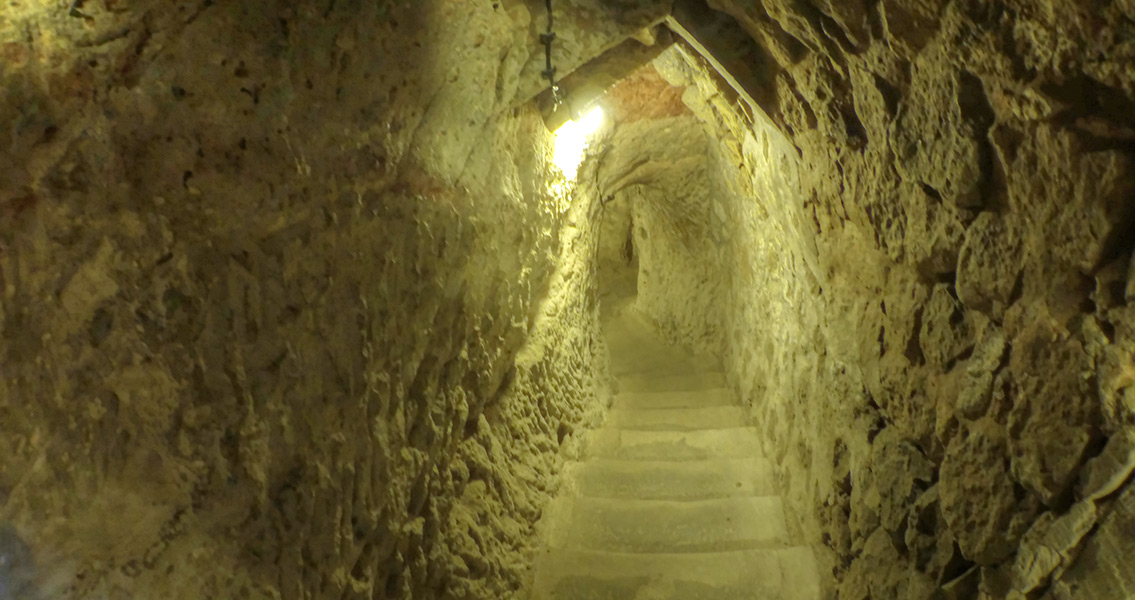<![CDATA[What could be the world's largest underground city has been discovered in the Central Anatolian province of Nev?ehir, in Turkey. The discovery was made as part of redevelopment project being undertaken by Turkey's Housing Development Association (TOKi). Workers had begun moving earth in preparation for the new buildings when they discovered evidence of the ancient city. It is thought that the newly discovered city could date back 5,000 years. Tunnel passages of up to seven kilometres have been detected, as well hidden churches and escape galleries. Head of TOKi, Mehmet Erg|n Turan, said the area where the discovery had been made was now a site of archaeological preservation, and the redevelopment project would be relocated. He told Hurriyet Daily News, "It is not a known underground city. Tunnel passages of seven kilometers are being discussed. We stopped the construction we were planning to do on these areas when an underground city was discovered," The central Turkish region of Cappadocia, where Nev?ehir is located, was already famous for its spectacular landscape which includes the Fairy Chimneys rock formation and a host of archaeologically significant areas. Millions of years ago it was the site of a volatile volcano range. The abundance of ash deposited by the volcanoes gradually solidified into soft rock, which through the centuries local populations have carved into a variety of castles, churches and buildings. This newly discovered city joins an already extensive network of subterranean constructions in the area, pointing to an ancient civilisation who lived underground. The largest of the underground cities, Kaymakli, has been inhabited continuously since its initial construction - even to this day locals use it for both storage and stables. A complex underneath the town of Derinkuyu is the deepest of the subterranean cities. It was built eleven stories underground, and historians estimate that it could have been home to as many as 20,000 people. Ventilation shafts up to 180 feet long circulated air around the city's various residences, tunnels, oil presses and stables. The complex at Derinkuyu features over 600 entrances and a series of tunnels connecting it to other underground cities in the area. It is this connectivity between the cities, combined with them all being built at a similar time, which has led historians to conclude they formed part of one civilisation. Mayor of Nev?ehir, Hasan \nver, told Hurriyet that he believed the newest discovery could dwarf all the other ancient subterranean cities in the area, making them seem like nothing more than a "kitchen". There is even a chance it could be the largest underground city discovered anywhere in the world. Nev?ehir itself has been governed by a variety of rulers through history, including the Hittites, Persians, Alexander the Great, the Romans, The Byzantine and the Ottoman Empires. Details of who created these incredible underground cities, and why, are much less clear. Information on the newest discovery is still scarce, although sources suggest that at least forty artefacts have already been excavated. As explorations continue at the site in 2015, it promises to be one of the most intriguing stories of next year. Image courtesy of Wikimedia Commons User: Nevit Dilmen]]>
World's Largest Underground City Could Have Been Discovered in Turkey
